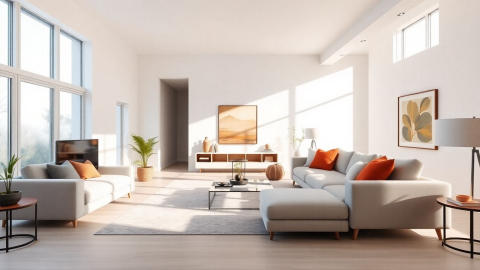The Timeless Charm of American Colonial Interior Design: A Comprehensive Guide
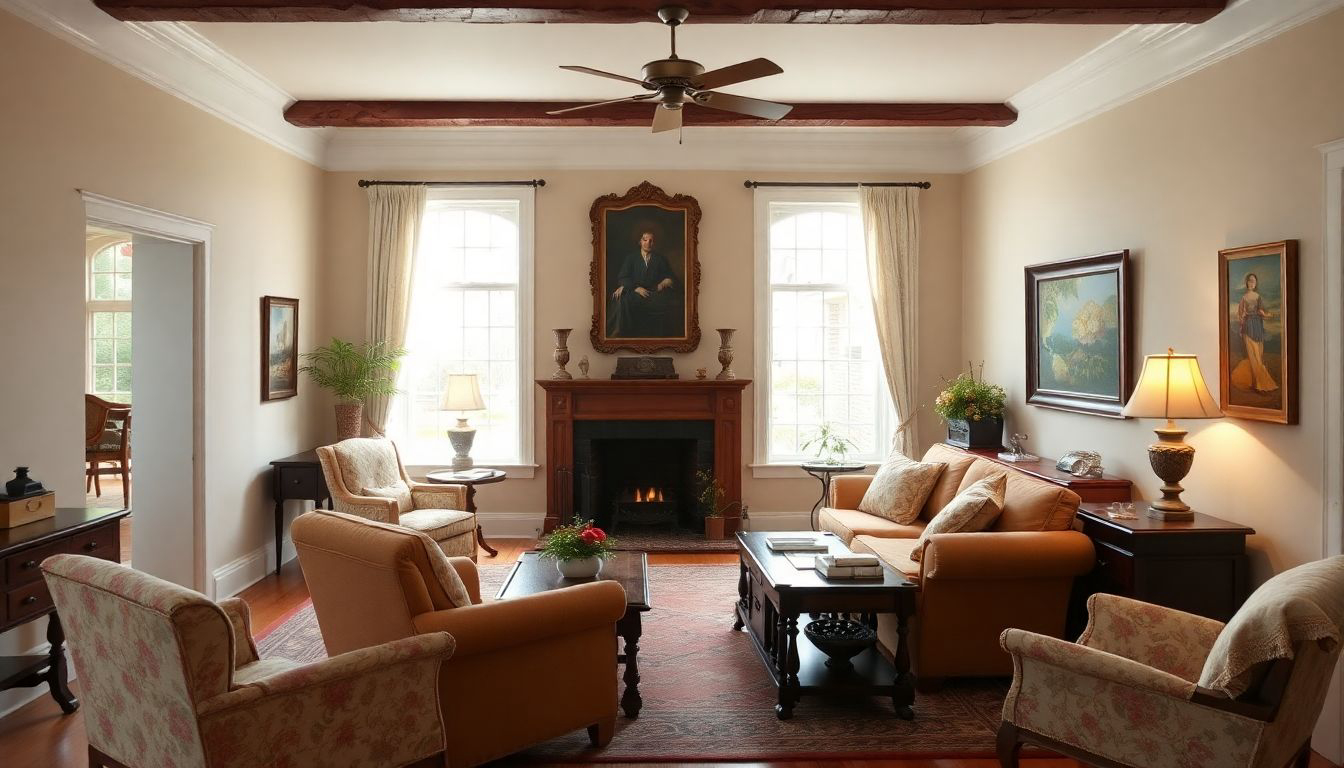
American Colonial interior design is a testament to the enduring appeal of historical aesthetics in modern homes. Rooted in the architectural and decorative styles of early American settlers, this design approach has evolved over centuries to become a beloved and versatile choice for homeowners seeking a blend of tradition and comfort. From the grand entrance halls of Colonial Revival mansions to the cozy hearths of Early American cottages, Colonial-inspired interiors continue to captivate with their timeless charm and rich cultural significance.
The Origins and Evolution of Colonial Style
The story of American Colonial interior design begins with the arrival of European settlers in the New World. As they established their homes in unfamiliar territory, these early colonists brought with them the architectural and decorative traditions of their homelands. However, the unique challenges and resources of their new environment soon led to the development of distinctly American variations on these imported styles.
From Necessity to Nostalgia
Initially, Colonial interiors were born out of necessity, with a focus on functionality and the efficient use of available materials. As the colonies prospered and expanded, however, wealthier settlers began to incorporate more elaborate elements into their homes, drawing inspiration from the Georgian and Federal styles popular in England.
The true flowering of American Colonial interior design as we know it today, however, came much later. As architectural historian Richard Guy Wilson notes in his book "The Colonial Revival House," public interest in Colonial aesthetics surged around the time of the 1876 Centennial celebration. This renewed fascination with America's architectural heritage sparked a movement that would shape interior design trends for generations to come.
Key Elements of Colonial Interior Design
A Palette of Tradition and Warmth
One of the most distinctive features of Colonial-inspired interiors is their color palette. While early Colonial homes often featured bold, earthy hues, the Colonial Revival style popularized a more subdued approach. As noted in the article from Old House Journal, "Primary and secondary hues were replacing late-Victorian tertiaries as early as 1890." This shift towards lighter, more delicate colors helped create the airy, welcoming atmosphere that has become synonymous with Colonial style.
Common colors in Colonial interiors include:
- Soft whites and ivories
- Warm yellows and golds
- Muted blues and greens
- Rich reds and burgundies
These colors are often used in combination, with lighter shades on walls and ceilings, and deeper tones reserved for accents and furnishings.
Furniture: A Blend of Form and Function
Colonial-style furniture is characterized by its sturdy construction and elegant simplicity. Popular pieces include:
- Windsor chairs
- Chippendale-style seating
- Four-poster beds
- Highboys and lowboys
- Trestle tables
As noted in the article from Impressive Interior Design, "Most of the major furniture styles of the 18th and early 19th centuries—Chippendale, Queen Anne, William and Mary, Sheraton, Hepplewhite, and American Empire—were revived by 1900." This eclectic mix of styles allows for a great deal of flexibility in creating a Colonial-inspired interior that suits individual tastes and preferences.
Textiles: Comfort and Craftsmanship
Textiles play a crucial role in Colonial interior design, adding warmth, texture, and visual interest to spaces. Common fabric choices include:
- Chintz
- Linen
- Wool
- Cotton
These materials are often used for upholstery, window treatments, and decorative accents such as quilts and embroidered samplers. As the article from Old House Journal points out, "'The chintz decorator,' Elsie de Wolfe, made it clear in her best-selling The House in Good Taste (1910) that chintz was particularly appropriate for Colonial Revival interiors."
The Art of Colonial-Style Decorating
Creating a Welcoming Entrance
The entrance hall is a crucial element in Colonial-style homes, setting the tone for the entire interior. As described in the article from Old House Journal, "The grand entrance hall is a Colonial Revival standard." This space often features:
- A graceful staircase with turned balusters
- Paneled wainscoting
- A classic chandelier or lantern
- A console table or chest for storage and display
The Heart of the Home: The Colonial Kitchen
The kitchen in a Colonial-style home is often designed to evoke the warmth and functionality of early American hearths. Key features might include:
- Exposed wooden beams
- A large fireplace or cooking hearth
- Open shelving for displaying crockery and utensils
- A farmhouse-style sink
Bringing Colonial Style to Modern Living Spaces
While true Colonial-era homes may lack some modern conveniences, contemporary interpretations of the style seamlessly blend historical aesthetics with 21st-century comforts. As noted in the article from House Beautiful, "Even die-hard Colonial Revivalists were not that interested in accuracy; after all, they were borrowing motifs from a narrow field of the richest colonial citizens."
This flexibility allows homeowners to create spaces that are both historically inspired and thoroughly livable. For example, a Colonial-style living room might feature:
- A mix of antique and reproduction furniture
- Built-in bookshelves flanking a fireplace
- Traditional moldings and trim
- Modern technology discreetly integrated into the design
The Enduring Appeal of Colonial Design
The continued popularity of Colonial-inspired interiors speaks to their timeless appeal and versatility. As Robert Rufino, editor-at-large for House Beautiful, observed, "Anyone could walk into that house and take hundreds of ideas from it. There's something for every generation to discover."
This adaptability is perhaps the greatest strength of Colonial interior design. Whether applied to a historic home or a contemporary space, the style's emphasis on comfort, craftsmanship, and subtle elegance resonates with homeowners across generations.
Incorporating Colonial Elements in Modern Homes
For those looking to bring a touch of Colonial charm to their interiors, there are numerous ways to incorporate key elements of the style:
- Focus on symmetry: Colonial design often emphasizes balance and order in room layouts and furniture arrangements.
2. Invest in quality materials: Choose natural materials like wood, stone, and high-quality textiles that reflect the craftsmanship valued in Colonial-era homes.
- Embrace traditional patterns: Incorporate classic patterns such as toile, damask, or simple stripes in upholstery and window treatments.
4. Add architectural details: Consider adding crown molding, wainscoting, or chair rails to enhance the traditional feel of a space.
- Curate a collection of period-inspired accessories: Display items such as pewter candlesticks, copper cookware, or antique maps to add authentic touches to your décor.
Conclusion: A Style That Stands the Test of Time
American Colonial interior design offers a rich tapestry of historical influences, practical considerations, and aesthetic appeal. From the early days of necessity-driven simplicity to the grand revivals of the 20th century, this enduring style continues to evolve and inspire.
As we look to the future, it's clear that the principles of Colonial design—comfort, craftsmanship, and a connection to our shared heritage—will remain relevant in the world of interior design. Whether applied in its purest form or adapted to suit contemporary tastes, Colonial style offers a timeless foundation for creating warm, inviting, and deeply personal living spaces.
References and Further Reading
- Wilson, Richard Guy. "The Colonial Revival House." Abrams, 2004.
- Old House Journal. "Colonial Revival Interior Design."
- House Beautiful. "A Complete Guide to American Colonial-Style Houses."
- Impressive Interior Design. "Colonial Style Interior Design Decorating Ideas."
- The Magazine Antiques. "The legacy of Henry Davis Sleeper."
These resources offer a wealth of information for those looking to delve deeper into the rich history and enduring appeal of American Colonial interior design.
More Articles
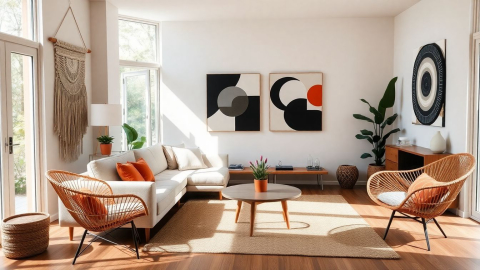
70s Interior Design: A Groovy Revival for Modern Homes
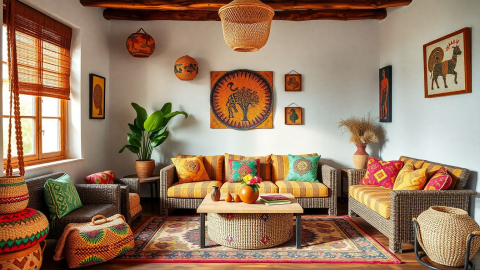
The Soul of Africa: Embracing Vibrant Design in Modern Interiors
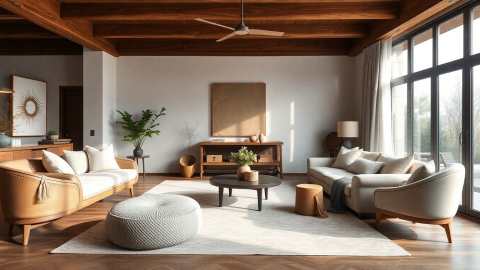
The Art of Nouveau: Crafting Timeless Elegance in Modern Interiors
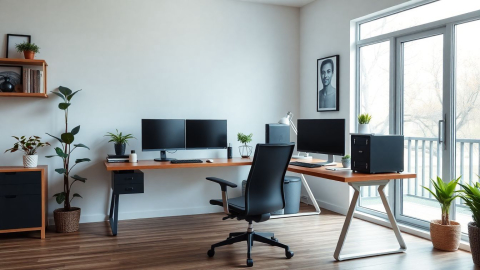
Inspiring Modern Home Office Design for 2024: A Comprehensive Guide
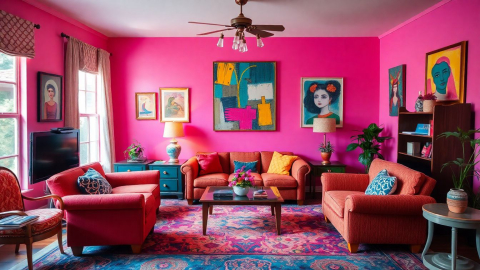
The Abstract Art of Interior Design: A Satirical Soirée Through Spatial Shenanigans
